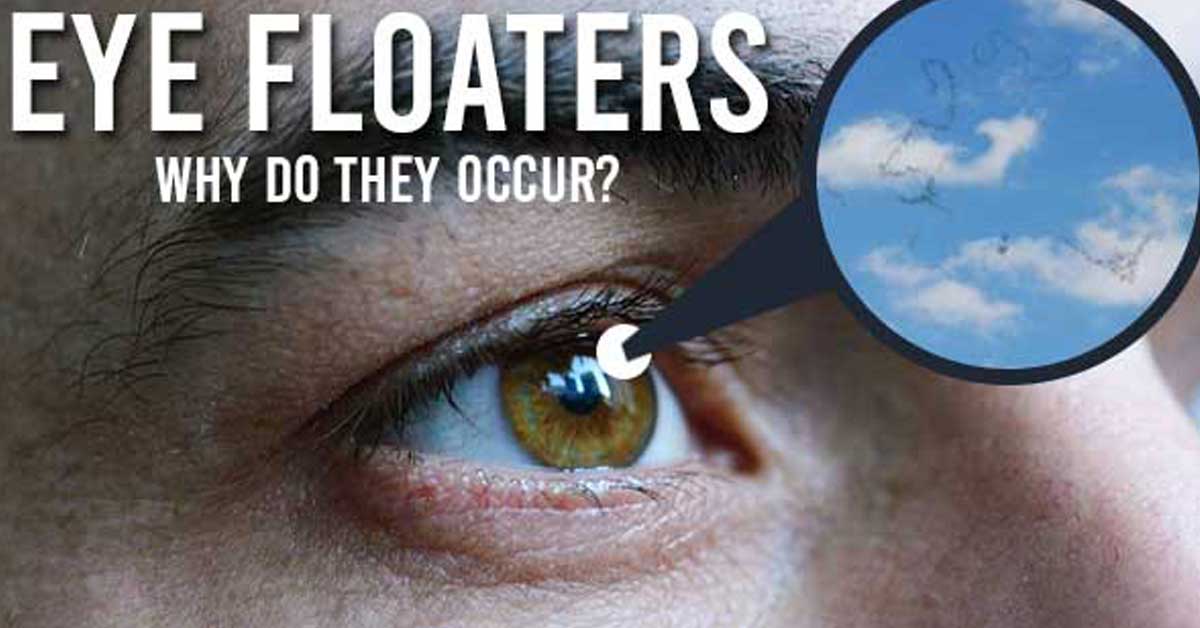Most of us have experienced small dots, cobwebs, or wiggly lines moving across our eyes at some point. The word most people use to describe these is “floaters.”
These floaters are not physically on the exterior of your eyes like an eyelash would be if it fell into your eye.
Instead, they’re actually inside your eye. They also give the appearance that they are moving. This is because they are attached to your eye and thus move with your eye as you look around.
Aging is the most common cause of eye floaters
As we age the substance that maintains our eye’s round shape changes from a jelly-like substance to a runnier or liquified substance. As a result, this deterioration process can create the debris we see in our eye floaters.
This typically starts occurring in adults over the age of 50. Once it starts in one eye, it is likely to follow in your other eye.
If you recently suffered an injury to the eye, particularly one that involved impact or trauma to the eye, this can cause eye floaters. Several eye injuries can cause floaters – see a medical professional to get a better idea of your situation.
Common risk factors for causing eye floaters
The National Eye Institute defines those at most serious risk of developing floaters early in life as individuals who are:
- Very nearsighted
- Diabetic
- Have previously had surgery for cataracts
For many people who experience floaters, looking at something bright (a white sheet of paper, the blue sky on a sunny day, etc.) and then looking away towards something darker can trigger floaters to appear.
What can I do to protect my eyes?
If you want to take a preventative approach to your eye health, be sure to eat a balanced diet. Your eyes are dependent on proper nutrition! Carrots are a great food to add to your diet to boost your eye health!
Additionally, remember to wear sunglasses if you are outside and being exposed to bright UV light for extended periods of time.


